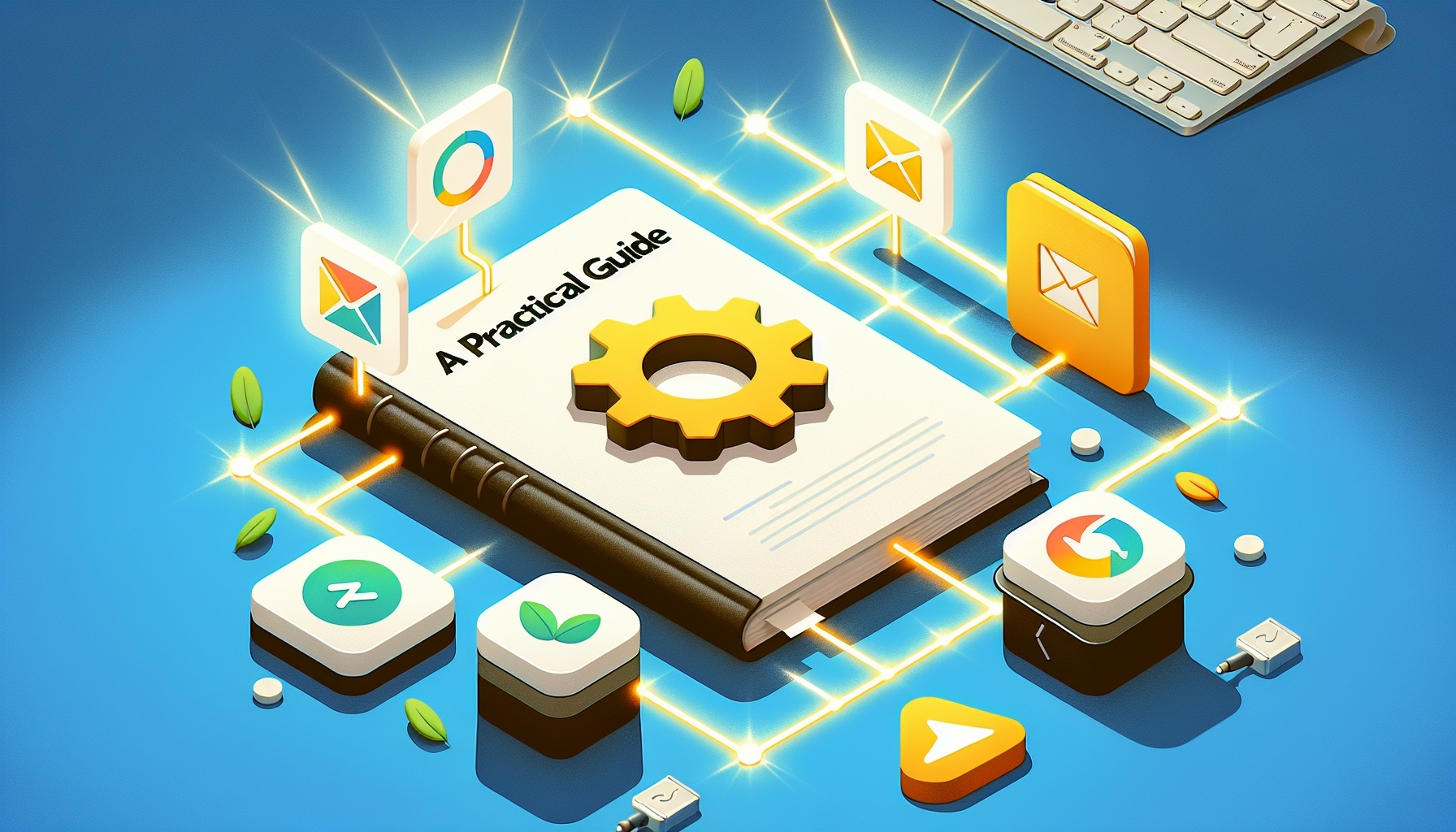Understanding Zapier: What You Need to Know
Zapier is an automation tool that connects different web applications, allowing users to create automated workflows called “Zaps.” Each Zap consists of a trigger (an event that starts the automation) and one or more actions (tasks that are completed automatically). It is widely used to streamline processes, save time, and reduce manual effort in tasks across various applications.
Setting Up Your Zapier Account
-
Sign Up for Zapier:
- Visit zapier.com and click on “Sign Up.”
- You can create an account using your email, Google, or Facebook credentials.
-
Choose Your Pricing Plan:
- Zapier offers various plans, including a free plan with limited features. Paid options provide access to more advanced features such as multi-step Zaps and premium apps.
-
Connecting Your Apps:
- After creating an account, you can begin integrating apps. View the extensive list of applications that Zapier supports. Ideal categories include Email, Social Media, Project Management, and Customer Relationship Management (CRM).
Creating Your First Zap
-
Start from Your Dashboard:
- Navigate to your Zapier dashboard and click on “Make a Zap.”
-
Choosing the Trigger App:
- Search for the app you want to use as a trigger (e.g., Gmail, Trello).
- Select the specific trigger event to initiate your Zap (e.g., “New Email”, “New Card”).
-
Setting Up the Trigger:
- Authenticate and connect your app account to Zapier.
- Define conditions that will fire the trigger, such as specific filters, labels, or keywords.
-
Testing the Trigger:
- After setting up your trigger, Zapier prompts you to test it to ensure it works correctly. It will display test data to check its functionality.
Adding Action Steps
-
Select Your Action App:
- After the trigger, choose an action app that will receive the data (For example, Slack, Google Sheets).
- Identify what action you want to perform as a result of the trigger (e.g., “Send Channel Message”, “Create Spreadsheet Row”).
-
Customizing Action Fields:
- Customize fields with dynamic content from the trigger. You can pull in data directly from the trigger event. For instance, include the email subject in your Slack message.
-
Testing Your Action:
- Similar to the trigger, test your action step. Zapier will provide feedback, showing whether the action was successful.
Multi-Step Zaps: Expanding Automation
Zaps can include multiple actions, enabling more complex workflows, which are available in the premium plans.
-
Adding More Actions:
- After your first action, click “Add another step” to include more actions that occur after the initial response. For instance, after receiving an email with an attachment, you may want the attachment uploaded into Google Drive and a notification sent to your Slack channel.
-
Utilizing Filters and Paths:
- Zapier allows you to set up filters that determine whether a particular action should occur, based on specific criteria. You could set paths so that different actions occur based on the input received.
Managing Your Zaps
-
Organizing Your Zaps:
- Maintain clarity by naming your Zaps descriptively (e.g., “Trello Card to Slack Notification”).
- Use folders for categorization, making it easier to find relevant Zaps quickly.
-
Monitoring Performance:
- Zapier’s dashboard offers insights into zap performance, displaying task runs and alerts. This ensures that you remain aware of any failures in your Zaps, allowing for quick troubleshooting.
Best Practices for Using Zapier
-
Start Simple:
- For your initial Zaps, start with straightforward workflows. As you become more familiar with the platform, add complexity.
-
Prioritize Common Tasks:
- Evaluate your day-to-day activities to determine which repetitive tasks could benefit from automation. Tasks such as data entry, notifications, and backups are excellent candidates.
-
Test Thoroughly:
- Always test Zaps in multiple scenarios to confirm they function reliably over time. This ensures a seamless experience when the Zap is live.
-
Stay Updated:
- Regularly check for updates in Zapier’s app integrations and features. New capabilities can enhance your workflows, improving efficiency even further.
Advanced Zapier Features
-
Using Webhooks:
- Webhooks allow you to get real-time data from other applications and can be utilized in both triggers and actions, giving you more flexibility in connecting services that don’t typically interact.
-
Built-in Apps:
- Zapier offers built-in tools like Formatter, which manipulates text, dates, and numbers to ensure data is formatted correctly between apps.
-
Code by Zapier:
- For users comfortable with code, you can run JavaScript or Python snippets directly within a Zap to customize functionalities beyond what standard integrations provide.
Integrating with Popular Apps
-
Google Suite:
- Connecting Google Workspace apps like Gmail, Google Sheets, and Google Drive can help organize your workflow by automating emails, data collection, and file organization.
-
CRM Platforms:
- Linking CRM apps such as Salesforce or HubSpot helps ensure that lead and customer data flows smoothly between your team’s communication and project management tools.
-
Social Media Management:
- Automate postings to social media platforms like Twitter and Facebook. You can schedule posts or automatically share content from other sources.
Conclusion on Zapier’s Impact
Zapier is more than just a tool; it’s a framework for automating workflows that can save individuals and teams countless hours of effort. As you explore its features, you will discover a tailored fit for your unique processes and an opportunity to increase productivity exponentially. Using Zapier not only simplifies tasks but also fosters innovative approaches to working smarter, ensuring that you and your team can focus on what truly matters.


